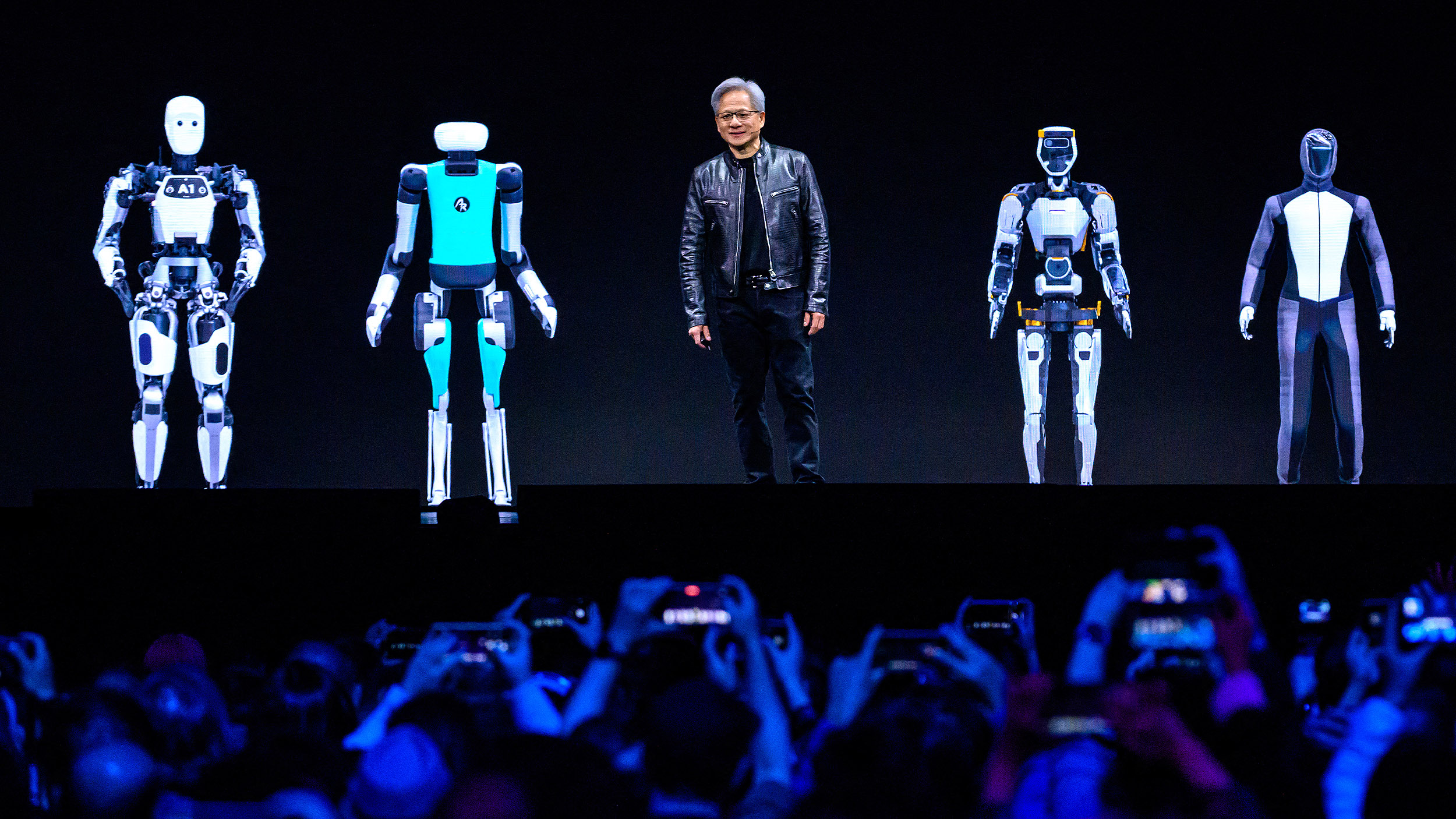In dealing with the disease, it’s important to get an understanding of the process from people who have been through it. You also need to stay true to yourself.
Question: What did you learn from your bout with cancer?
Ruth Porat: Hearing you have cancer is one of the most terrifying phone calls that one I think one can get. And I think one of the questions is: "Well, what does it even mean?" I was fortunate. I had breast cancer. Breast cancer is much more manageable than other cancers, but the ability to speak with other women who had gone through it to give me a sense of "So what is next? What does it mean? What can I expect? How do I talk to my kids? How do I talk to my colleagues?" Once you’ve been through it things that seemed so frightening and terrifying. What is chemo? Am I going to be completely debilitated? Is it really manageable? I think you get a better sense of what it is and so I would... Unfortunately, too many of us are touched by cancer. I would say very important to reach out and get an understanding of it from those who have been through it. I think the next thing is be true to yourself. For me, going to work meant that I was in control of my life. The disease did not define me. And so in many respects work was a really important part of me being healthy. And one of my bosses, a fantastic leader of business, Joe Perella said: "If you want to come to Morgan Stanley and work while you’re going through chemo do it because it’s good for you. Don’t do it for Morgan Stanley. We just want you to get healthy."
I think as a leader letting your people know that you should get treated the way you want and go through this experience the way you want is very individual. I was lucky. I would... when I went through chemo it wasn’t that debilitating, and so I could make that choice and it was great. I was running. I was working. That worked for me. For others, it doesn’t. Be true to yourself. There is no one right answer. And those are probably the main things. I think the last point is for those who know people who have cancer you don’t quite know what to say: Anything positive that says you’re there is fantastic.
Recorded November 12, 2010
Interviewed by Victoria Brown
Directed / Produced by Jonathan Fowler





